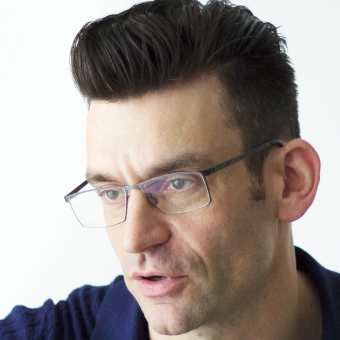
Designing Agentive Technology: AI That Works for People

Advances in narrow artificial intelligence make possible agentive systems, which do things directly for their users in custom ways users want them done. (A simple example is an automatic pet feeder.) These technologies deliver on the promise of user-centered design more than ever before, but present fresh challenges in understanding their unique promises (say, time savings), pitfalls (say, risk of losing skills), and requirements (say, describing complex goals explicitly). Join Chris Noessel as he discusses this emerging practice, detailed in his forthcoming book Designing Agentive Technology: AI That Works for People, sharing lots of examples that bring it to life.






